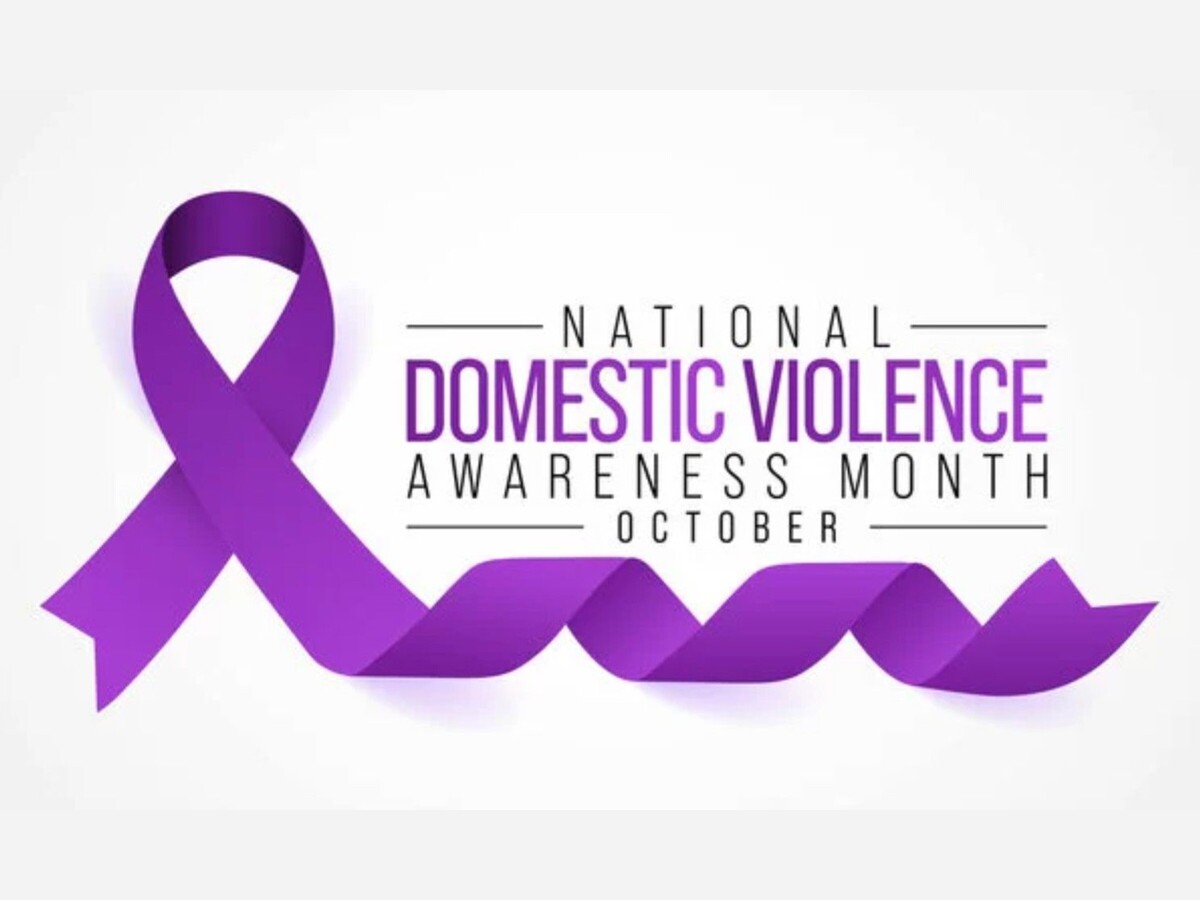Image


Every October, the color purple floods landmarks, city halls, and neighborhood gatherings. It is not a trend. It is not decoration. It is a plea. A reminder. A collective cry for justice in a nation still struggling to protect its most vulnerable behind closed doors.
Domestic Violence Awareness Month (DVAM) began as a grassroots movement in 1987, born from the persistence of survivors and advocates who refused to accept silence as the norm. In 1989, Congress designated October as National Domestic Violence Awareness Month, making official what communities had already long known: the epidemic of abuse could no longer be hidden.
Decades later, the purple lights still shine. But the question lingers: Has society truly listened?
Domestic violence is not confined by race, class, gender, or zip code. It happens in luxury apartments and in public housing. It affects professionals, students, immigrants, and retirees alike.
In today’s America, the numbers remain staggering: 1 in 3 women and 1 in 4 men experience intimate partner violence. Millions of children grow up in homes where shouting, fear, and bruises replace safety and stability. For too many, home is the most dangerous place of all.
Yet domestic violence is not only a private tragedy—it is a public emergency. The effects ripple outward into schools, workplaces, and communities. Children who witness violence are more likely to struggle academically, battle mental health issues, or repeat the cycle as adults. Employers lose billions in productivity when survivors miss work due to abuse. Healthcare systems are burdened with untreated trauma. Law enforcement responds to countless domestic calls, many of which end in tragedy.
In a time when our society is grappling with gun violence, rising political tensions, and community trust, domestic violence remains an undercurrent in all of them. The majority of mass shootings in the United States have roots in domestic abuse. Too many homicides are preceded by warning signs ignored or silenced.
Awareness alone will not save lives—but it is the starting point. In an era of constant headlines, October gives us space to pause, reflect, and act.
It asks us to confront uncomfortable truths:
The purple lights this month are not symbolic gestures; they are calls to conscience. They demand that we see domestic violence not as an individual shame, but as a collective failure we all have a stake in correcting.
In a world quick to rally behind hashtags, DVAM challenges us to move beyond symbolic solidarity. Social media posts matter, but they are not enough. Awareness must translate into:
This October, we cannot afford complacency. The headlines remind us daily: violence at home spills into our streets, workplaces, and schools. Ending it is not charity. It is prevention. It is justice. It is survival.
The story of Domestic Violence Awareness Month is ultimately a story of resilience. It is the courage of survivors who reclaim their voices. It is the persistence of advocates who keep building lifelines despite underfunding and fatigue. It is the refusal of communities to accept silence as the cost of normalcy.
When we honor DVAM, we are not simply remembering the past 35 years. We are writing the next chapter. One where purple ribbons are no longer necessary because homes are safe, survivors are supported, and violence has lost its grip.
Until then, the lights will shine. And they must. Because behind every statistic is a name, a story, a family. And behind every purple glow is the unwavering promise that we will not stop until silence is broken, until fear is replaced with freedom, until October is no longer about survival—but about healing.